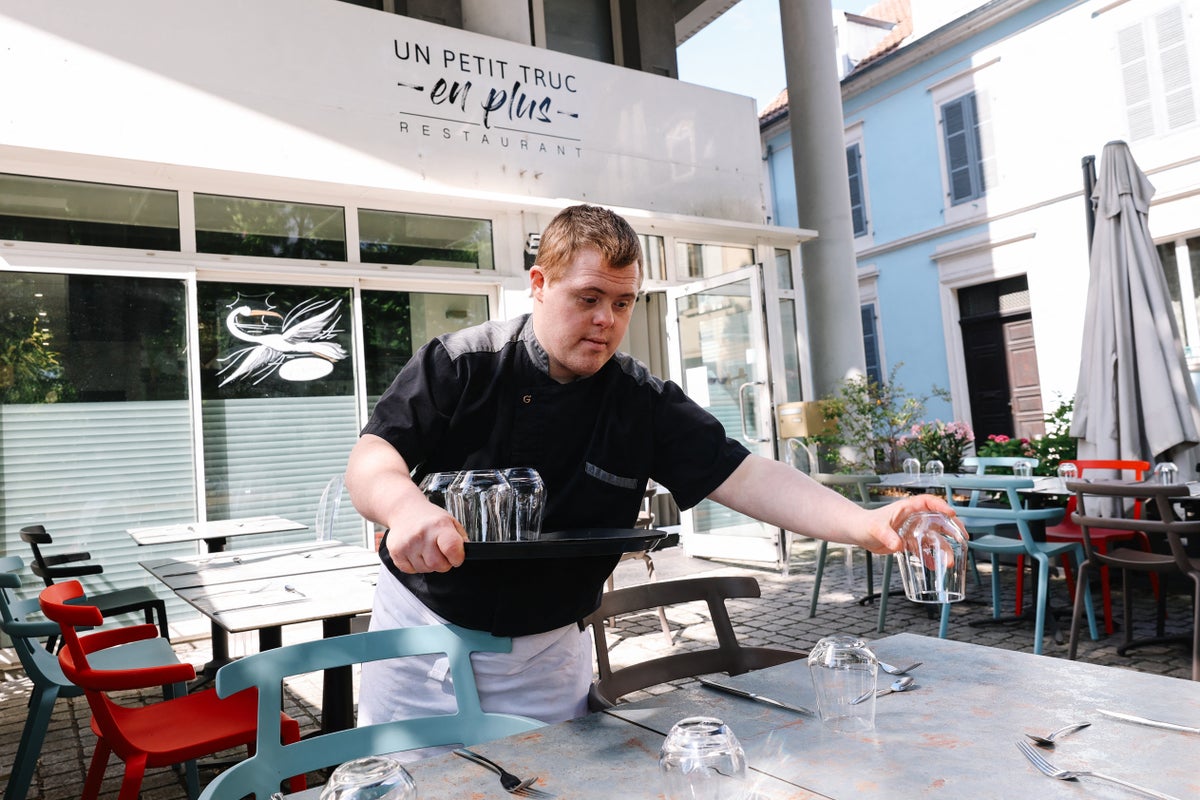ARTICLE AD BOX
In May 2000, I offered some well-intentioned advice to the new BA boss. “How to turn around an Ayling airline”, read the headline in Conde Nast Traveller. The article I wrote 25 years ago this month comprised recommendations to British Airways for life after its chief executive, Bob Ayling, departed.
Did BA follow my advice?
Ditch Concorde
“Flying a very old, noisy and thirsty plane only half-full of passengers is bad business,” I wrote. “Environmental concerns over pollution and noise could force Concorde off the Heathrow-New York route anyway.”
Tragically, two months later, an Air France supersonic jet crashed shortly after taking off from Paris CDG and the British Airways Concorde fleet was grounded while the investigation took place. In November 2001 BA resumed supersonic flights, but these ended less than two years later.
Hive off Gatwick
I recommended a “new, cohesive, low-frills airline” called BA Gatwick. For shorthaul services, that is what British Airways Euroflyer has become. BA’s longhaul links from Gatwick, too, squeeze more passengers in than from Heathrow.
“Reduce the fares on the new airline to 80 per cent of the corresponding Heathrow prices, reflecting the lower costs (and appeal) of Gatwick,” I added. That is largely reflected in fares to destinations served by BA from both Heathrow and Gatwick.
Keep cool about Sir Richard Branson
Virgin Atlantic’s founder had scored some great publicity hits during the Ayling era, such as flying a blimp emblazoned “BA can’t get it up” beside the British Airways London Eye – which was on its side due to construction problems.
I suggested that BA would be better off cooperating with its rival. Subsequently, the Office of Fair Trading alleged the two carriers had been too cooperative – to the extent of fixing prices. Four former and serving British Airways executives were taken to court. The case collapsed through lack of evidence.
Sell off your corporate HQ
Waterside, BA’s space-age headquarters, was and is big and expensive. But it now also houses IAG, the company that owns British Airways, Aer Lingus and Iberia of Spain. It is set to be demolished anyway if Heathrow’s third runway ever goes ahead.
Admit defeat against the Channel Tunnel
At the time, BA was flying 26 times a day between London Heathrow and Paris, and 10 times a day between Gatwick to the French capital. Today there are just a dozen flights, all to/from Heathrow. But my half-baked suggestion that Eurostar might run trains direct from Belgium and France to Heathrow unsurprisingly didn’t happen.
Charge realistic transatlantic business class fares
They were unsustainably high, I asserted. In May 2000, a London-Los Angeles Club World fare was about 20 times more expensive than economy.
This month, the cheapest business class return (£11,764) is 29 times pricier than a seat at the back of the same plane (£402). So that went well.
I further predicted that “the restrictive Bermuda II agreement, which keeps Heathrow closed to most US airlines” would be gone by January 2001. In the event it wasn’t replaced by an open-skies agreement until 2008, and anyway, British Airways is still charging premium fares for the posh seats.
So much that I didn’t spot…
BA becomes “London Airways”
In 2000 British Airways had a vast (and unwieldy) UK domestic network, largely based in Birmingham and Manchester. In a bid to make it profitable, the operation was rebranded as a budget carrier, BA Connect, in 2006, but a year later was handed over to Flybe, which itself went bust in both 2020 and 2023.
Sale of Go
Within six months, the new chief executive, Rod Eddington, had announced the sale of Go. BA’s young no-frills airline had been launched to compete with easyJet, which later swallowed it up.
Cabin crew strike
For almost two years, British Airways and its cabin crew were engaged in a deep and painful industrial dispute. In 2009, BA decided its crew costs were unsustainably high. Understandably, the Unite union wanted to stick with its hard-won pay deals and benefits. After many strikes and High Court battles, a settlement was reached involving a new “mixed fleet” operation hired on less favourable terms. Since Covid, everyone is mixed fleet.
Africa and Australasia cutbacks
The rise of the Gulf carriers, particularly Emirates, hit BA’s African, Australian and New Zealand operations hard. African capitals have disappeared from the network. And from a high point of serving Sydney, Brisbane, Melbourne, Perth, Auckland and Christchurch with 747 jumbo jets, British Airways has shrunk to one daily 777 to Sydney.
BA’s largest shareholder in 2025 is Qatar Airways, which owns one-fifth of the carrier.
London City expansion
When London City airport opened in London’s Docklands in 1987, it was regarded by British Airways as a sideshow. By the 21st century, though, the growth of Canary Wharf meant that it became an important element of the BA mix – with, for a time, a “son of Concorde” business-class only operation to New York (via Shannon in Ireland).









 English (US) ·
English (US) ·